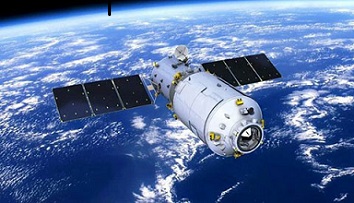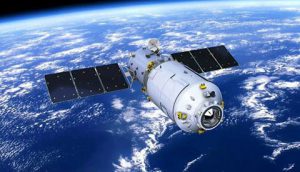The Tiangong-1 Chinese space station 2018


The Tiangong-1 Chinese space station is re-entering our air soon,” delegates for The Virtual Telescope Project wrote in a statement. “The Virtual Telescope Project and Tenagra Observatories offer you the one of a kind opportunity to see it amid one of its last sections over the skies.
The IADC predicts that Tiangong-1 will break up during re-entry, but that parts of the station will survive and fall to the Earth’s surface, potentially falling across an area thousands of kilometers long and tens of kilometers wide. However, due to the fact that most of the re-entry area is the ocean or uninhabited land, the IADC calculates the odds of a person being hit by falling debris to be infinitesimal. As of 29 March 2018, the IADC predicted that Tiangong-1 would re-enter between midday on 31 March 2018 and the early afternoon of 1 April 2018 (UTC), falling somewhere on Earth between 42.8° North and 42.8° South latitudes, with the most likely re-entry points being at the north and south extremes of that range. The most likely areas for debris impact are in two bands, one in the northern hemisphere and one in the southern hemisphere, that include populated areas including the United States (stretching from the California/Oregon border to southern New England), Portugal, Spain, Italy, northern Turkey and China, North Korea, and northern New Zealand. However, even in those high-probability bands, they estimate the odds of a person being hit by debris to still be infinitesimal.
The Tiangong-1 was propelled in September 2011 as a model for China’s definitive space objective: a lasting space station which is required to dispatch around 2022. In any case, the Chinese government told the United Nations in May 2017 their space lab had “stopped working” in March 2016, without saying precisely why.